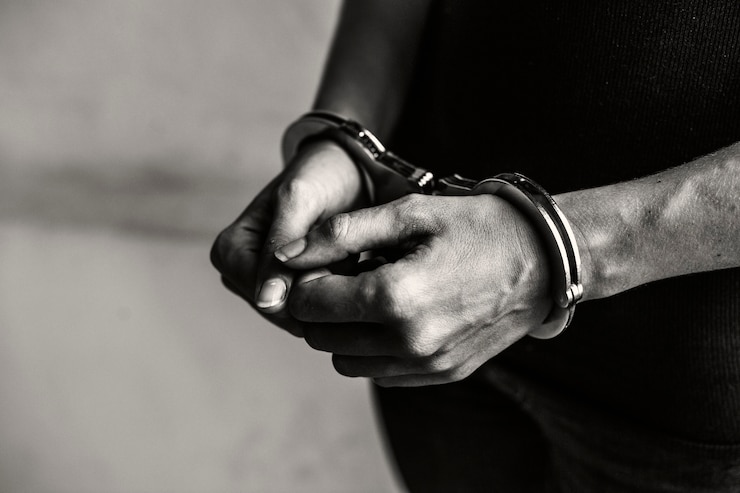
Let’s talk about something we all wish didn’t exist—property crimes. Whether it’s theft, burglary, or vandalism, these offenses aren’t just about losing possessions; they have a much deeper effect on the well-being of communities. Understanding how these crimes impact our neighborhoods and what we can do to help is key to creating safe and connected communities.
Understanding Property Crimes
Property crimes include any unlawful act involving theft or damage to someone’s belongings. These can range from small-scale incidents to more serious offenses. Here’s a clearer breakdown:
– Theft: Someone takes an item without permission, with no intention of giving it back. For example, if your bike gets stolen from your driveway.
– Burglary: This involves breaking into a home, business, or other property to steal or commit a crime.
– Vandalism: When someone intentionally damages or defaces property—think graffiti or a smashed mailbox.
– Shoplifting: Taking products from a store without paying, even something as minor as hiding a small item in your pocket.
– Motor Vehicle Theft: This includes stealing not just cars, but motorcycles, trucks, or even scooters.
– Arson: The deliberate act of setting fire to property, which can cause immense damage and puts lives at risk.
These crimes aren’t just violations of property—they leave lasting scars on the people and places they affect.
The Ripple Effect on Communities
When property crimes happen, their impact spreads throughout the neighborhood. It’s not just about stolen items or physical damage. Let’s look at what happens:
– Fear and Anxiety: Residents may start feeling unsafe, constantly worried they’ll be the next target.
– Loss of Trust: People may begin to see their neighbors or strangers with suspicion, making it harder to foster supportive relationships.
– Financial Burden: Stolen or damaged property costs money to replace or fix, on top of higher insurance premiums for local residents.
– Community Breakdown: A rise in crime often weakens neighborhood connections and leaves a sense of isolation for many.
Taking Action to Address Safety Concerns
The good news? We can take steps to make our communities safer and stronger.
– Prevention Strategies:
– Set up a Neighborhood Watch group to keep an eye out for anything unusual.
– Improve lighting around homes and streets since well-lit spaces deter crime.
– Secure your belongings with locks, alarms, or smart home systems.
– Building Connections in the Community:
– Create open communication networks, like Facebook groups or regular in-person meetings, to keep everyone informed and connected.
– Organize activities or events to bring people together, building trust and friendships.
– Offer support to victims of crime—not just with their physical losses but also by providing emotional encouragement.
– Educating and Raising Awareness:
– Host workshops to teach safety techniques and crime prevention tips.
– Engage younger residents by involving them in community programs—their participation can make a difference.
– Partner with law enforcement to ensure you have the resources and knowledge to address safety concerns effectively.
The Long-Term Impact of Property Crimes
While the short-term effects of property crimes are obvious, there are lingering consequences that can hurt a neighborhood’s future:
– Victims often experience ongoing stress or fear, leaving emotional scars long after the crime.
– Crime can lower property values and increase living costs, such as higher insurance rates.
– Trust within the neighborhood may erode, making it harder for the community to work together.
– Local businesses can also suffer if they’re repeated targets, leading to lost revenue and discouraging new investments.
– Law enforcement resources can become overstretched, leaving other important issues neglected.
– Lastly, constant exposure to crime may influence younger generations negatively, continuing a cycle of harm.
A Team Effort for Safer Communities
Creating safer neighborhoods truly is a team effort. When communities come together, look out for one another, and take proactive steps to address crime, the overall quality of life improves.
Final Thoughts
Property crimes are an unfortunate reality, but with determination and collective action, we can minimize their impact. By prioritizing safety, fostering trust among neighbors, and building strong community ties, we can create spaces where everyone feels secure and valued. Together, let’s work toward vibrant, supportive neighborhoods that make everyone proud to live there.